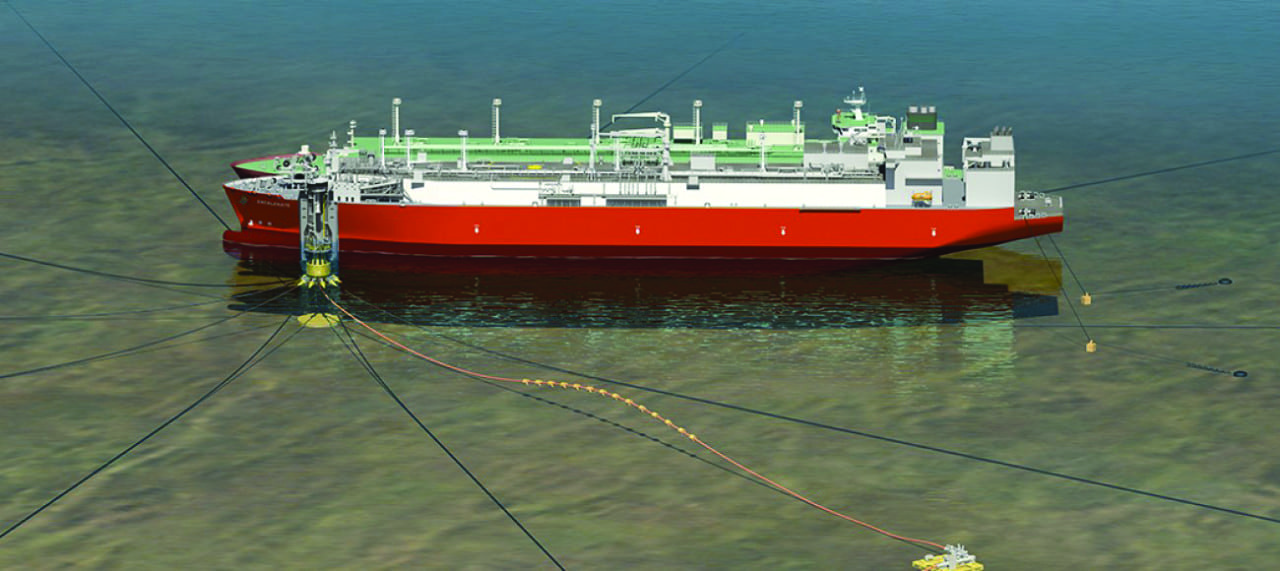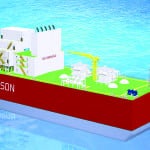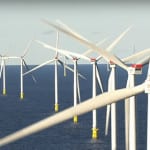The state-owned North-West Power Generation Co. Ltd. (NWPGCL) in Bangladesh in early November announced plans to build a 3,600-MW regasification liquefied natural gas (LNG) combined cycle power plant in the Patuakhali district, on the heels of an earlier agreement to construct a similar 750-to-850-MW plant in Khulna.
The new plants are part of a concerted effort to increase generation capacity in a country that traditionally has relied on gas-fired power. Bangladesh’s ruling party, the Bangladesh Awami League (BAL), has said upgrading the country’s energy infrastructure is critical to increasing security and lessening the need to import power from neighboring countries. Officials are working with many countries, including Russia, on energy initiatives.
Analysts said the country had 15,821 MW of generation capacity as of November 2017, and the country’s Power Division has said capacity must be increased to 24,000 MW—a 52% jump—by 2021, according to its most recent Power Sector Master Plan. Analysts have said electricity demand in Bangladesh is likely to reach 30,000 MW by 2030. Senior government officials have said Bangladesh expects to import at least 25% of its electricity from India for the next few years.
Other large power generation projects underway in Bangladesh include the country’s first nuclear facility, a 2,400-MW plant at Rooppur, and a 1,320-MW coal-fired facility in Rampal, being built by India’s NTPC. The nuclear plant, expected to enter commercial operation in 2023, will utilize two VVER-1200 reactors (water-water energetic reactors), each producing the equivalent of 1,200 MW. It is being built by the Russian Rosatom State Atomic Energy Corp.
In addition to adding coal, nuclear, and natural gas-fired generation, the country’s government also has a goal to produce at least 10% of its power from renewable sources by 2020.
Khurshedul Alam, NWPGCL’s managing director, said his group has signed a memorandum of understanding with Germany’s Siemens AG to build the Patuakhali facility. He said the site was chosen because it has a port into which the LNG can be imported.
Alam told the Dhaka Tribune in late October that NWPGCL already had agreements in place “to import around 125 million cubic feet (MMcf) per day equivalent of regasified LNG at [the] Bangladesh-India border through an offshore LNG terminal from India’s West Bengal to the plant in Khulna.” He said Bangladesh has “opted to import LNG as the country is reeling from an acute gas crisis because the current reserves are depleting very fast.”
The two NWPGCL projects are in addition to a 500-to-600-MW regasification LNG combined cycle power plant being built in Matarbari, in Cox’s Bazar, Chittagong, Bangladesh. That project is a joint venture of Japan’s MITSUI and the Coal Power Generation Co. Bangladesh Ltd.
NWPGCL has three operating power plants in Bangladesh: a 360-MW dual-fuel facility in Bheramara that began operation in September 2017; a 225-MW natural gas-fired combined cycle plant in Sirajganj that began commercial operation with 150 MW of generation capacity in December 2012, and was upgraded to 225 MW in July 2014; and a natural gas-fired combined cycle plant in Khulna that began commercial operation with 150 MW of generation capacity in 2013, and was upgraded to 225 MW in June 2016.
State-owned Petrobangla, also known as Bangladesh Oil, Gas and Mineral Corp., in mid-October signed an agreement for the use of an LNG regasification terminal with a consortium of local Hong Kong Shanghai Manjala Power Ltd., Malaysia’s Global LNG, and Petronas LNG Ltd. The terminal—a floating storage and fixed jetty based regasification unit (FSRU)—will be set up by the consortium at Kutubdia Island in Cox’s Bazar.
It is the third LNG floating terminal planned to supply Bangladesh through Petrobangla. The first, being built by Texas-based Excelerate Energy, is a 500 million cubic feet per day FSRU (Figure 1) that is expected to begin service in April 2018. A second terminal with similar capacity is being built by Summit Group, a Bangladesh company headquartered in Dhaka; it is expected to come online by year-end 2018. Each terminal will import LNG from Switzerland, Oman, and Qatar.
—Darrell Proctor is a POWER associate editor.











